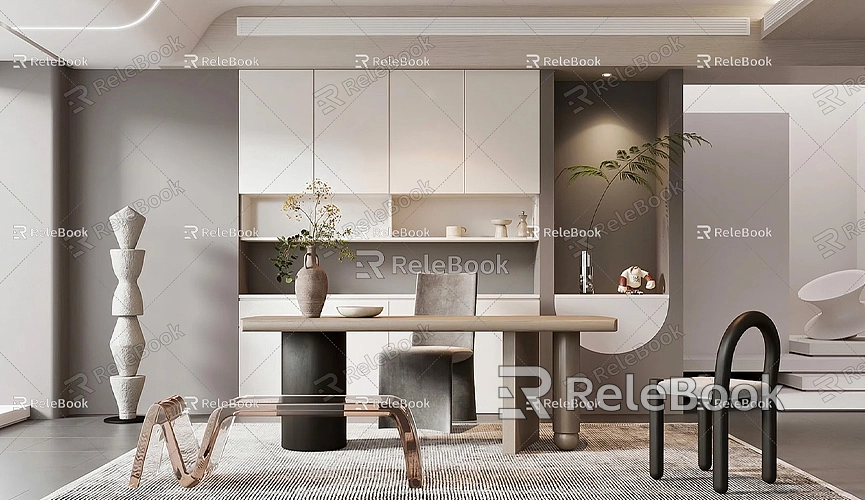How to export 3d model from sketchup
In the fields of architectural design, interior design, and other 3D modeling areas, SketchUp is widely appreciated for its intuitive interface and powerful features. Many designers and architects often need to export their models after completion for sharing, printing, or use in other software. This article will provide a detailed guide on how to export a 3D model from SketchUp, along with some practical tips and considerations.

Choosing the Right Export Format
The first step in exporting a model is to choose the appropriate file format. SketchUp supports various export formats, including but not limited to:
- SKP: SketchUp’s native file format, suitable for further editing.
- DWG/DXF: Compatible with software like AutoCAD.
- 3DS: Suitable for sharing with 3D Studio Max and similar applications.
- OBJ: Widely used across various 3D software, ideal for game development and animation.
Choosing the right format is crucial and depends on your intended use.
Export Steps

Exporting a model in SketchUp is quite straightforward. Simply follow these steps:
1. Open the model you wish to export.
2. Click on the “File” option in the top menu and select “Export.”
3. From the dropdown menu, choose “3D Model.”
4. Select your desired export format and set the save location.
5. In the export settings, you can choose whether to include materials and textures. Check the options as needed.
6. Click the “Export” button and wait for SketchUp to complete the process.
Post-Export Adjustments
After exporting, it’s advisable to perform some basic checks before importing into other software. For example, if you selected the DWG or DXF format, you can open the file in AutoCAD to confirm the model's integrity and accuracy. When importing into 3D printing software or game engines, also ensure that the model's scale and details are correct.
Common Issues and Solutions
During the export process, you might encounter some issues. For instance, details may be lost after exporting, or materials may not display correctly. The key to resolving these issues lies in the export settings.
If you experience loss of model details, try adjusting the detail level in the export settings to ensure a higher output quality. For material issues, it’s recommended to use generic materials in SketchUp to avoid special effects that may not be recognized by other software after export.
Using High-Quality Resources
When creating 3D models, rich textures and high-quality models can significantly enhance the design's effectiveness. If you need many high-quality 3D textures and HDRI while creating models and virtual scenes, you can download them for free from [Relebook Textures](https://textures.relebook.com/). If you’re looking for exquisite 3D models, check out [Relebook Models](https://3dmodels.relebook.com/), which offers a wealth of quality resources to help you realize your design concepts.
Exporting a 3D model is an essential step for SketchUp users. By selecting the appropriate export format and performing necessary checks and adjustments, you can effectively enhance the model's usability. Whether for sharing, showcasing, or further editing, mastering this skill will make your design work more efficient. And don’t forget to utilize high-quality resources during your creation process!

